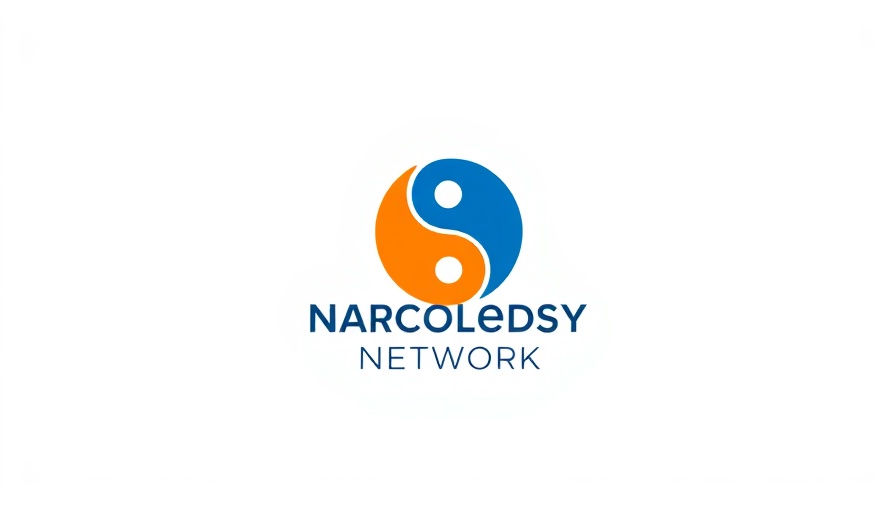
A New School Year, A New Sleep Schedule
As summer vacation winds down and the hustle of a new school year begins, the importance of establishing a solid sleep schedule for kids cannot be overstated. Parents and caregivers know all too well the shift in children’s sleep patterns during those carefree summer nights, where staying up late and sleeping in becomes the norm. The challenge now is transitioning these patterns back to an early evening routine that supports optimal learning and emotional balance throughout the school day.
Why Sleep is Essential for Kids
Sleep acts as crucial brain fuel, significantly influencing a child's capacity to learn and engage in classroom activities. Research consistently shows that children who receive adequate amounts of sleep tend to perform better academically and display improved emotional regulation. In fact, studies indicate that lack of sleep can correlate directly with behavioral issues, decreased focus, and declining grades. During the school year, children aged 6 to 12 require between 9 to 12 hours of sleep, whereas teens aged 13 to 18 need about 8 to 10 hours each night. Parents are encouraged to monitor these sleep recommendations closely, as even slight deviations can wreak havoc on a child's mood and energy levels.
Practical Steps to Reinstate a Sleep Routine
Reintroducing a healthy sleep schedule can commence days before the school year begins. Gradual adjustments to bedtime—by as little as 15 minutes each night—can ease children back into a routine that aligns with school hours, ideally starting a week before classes resume. The key here is consistency; regular sleep times create a natural rhythm that makes waking up early less of a struggle.
Identifying Sleep Disruptors
Today’s children face numerous distractions that can encroach on their sleep. Many parents cite social media, homework, and extracurricular activities as leading disruptors. Additionally, after-school jobs can further complicate the balance between work, play, and sleep. Setting clear boundaries on screen time and ensuring tech-free zones in the bedroom can significantly foster better sleep hygiene.
Building a Relaxing Bedtime Routine
Creating a calming bedtime routine is another essential step towards ensuring quality sleep. Encouraging activities such as reading a book or taking a warm bath can signal to a child’s body that it’s time to wind down. Moreover, parents should be proactive in educating their children on the importance of sleep—framing it within the same context as vital school supplies. When children understand that quality sleep is a fundamental part of their academic success, they are more likely to take it seriously.
When to Seek Professional Help
It’s worth noting that not all sleep issues can be resolved with at-home strategies. If children continue to struggle with falling asleep or staying awake during the day, it’s imperative for parents to consult a medical professional. Engaging with a sleep specialist can provide invaluable insights and solutions tailored to individual needs.
Final Thoughts: Make Sleep a Family Priority
As we aim to equip our children for a successful school year, establishing healthy sleep habits should be prioritized just like academics or physical activities. Small adjustments can yield significant benefits, and prioritizing sleep health ensures that our kids are not just alive, but thriving. Let’s start this school year rested and ready!
 Add Row
Add Row  Add
Add 




Write A Comment